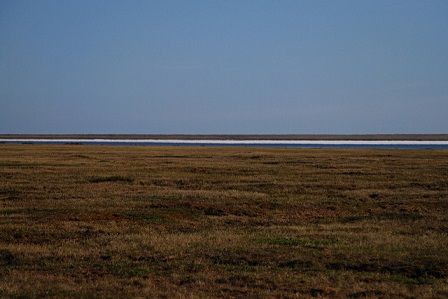Global warming is in danger of melting the Arctic permafrost and releasing methane – thus causing more global warming.
Methane is produced near the surface, but there are also deep underground reserves in the frozen permafrost. As the weather has got warmer, the gas has started bubbling up through the tundra and lakes and into the atmosphere, reports Videnskab.dk.
Not only gloom
However, a new study carried out at the institute of bioscience at Aarhus University reveals that all is not gloom and doom: if we act now it seems as if the negative effects can be neutralised.
“Of course we shouldn’t minimise the risks of this ‘methane time-bomb’ because the longer we do nothing, the more likely the negative effects of the gas emission will be, but our studies show that if we follow the Paris Accords, we can hope to neutralise the effect,” said one of the study’s authors, Professor Torben Røjle Christensen.
Humans hold the key
Arctic methane will not affect climate adversely if methane emissions caused by human activity are reduced.
“Think of the atmosphere like a bank account for methane. There is some there already, some is deposited every year and some is also used every year,” said Christensen.
READ ALSO: Farmers up in arms over proposed methane tax on cows
The amount of methane in the atmosphere depends on how much humans emit and how much nature emits, but the fact that some of the methane decomposes with time and not all reaches the atmosphere also plays a part.
Turf’s up
Research has revealed that the Arctic tundra has the potential to be the largest source of increased methane in the atmosphere.
“Parts of the Arctic tundra consist of earth and turf. When the permafrost dries the turf becomes extremely wet and that causes increased activity from micro-organisms that eat the turf and produce methane,” explained Christensen.















